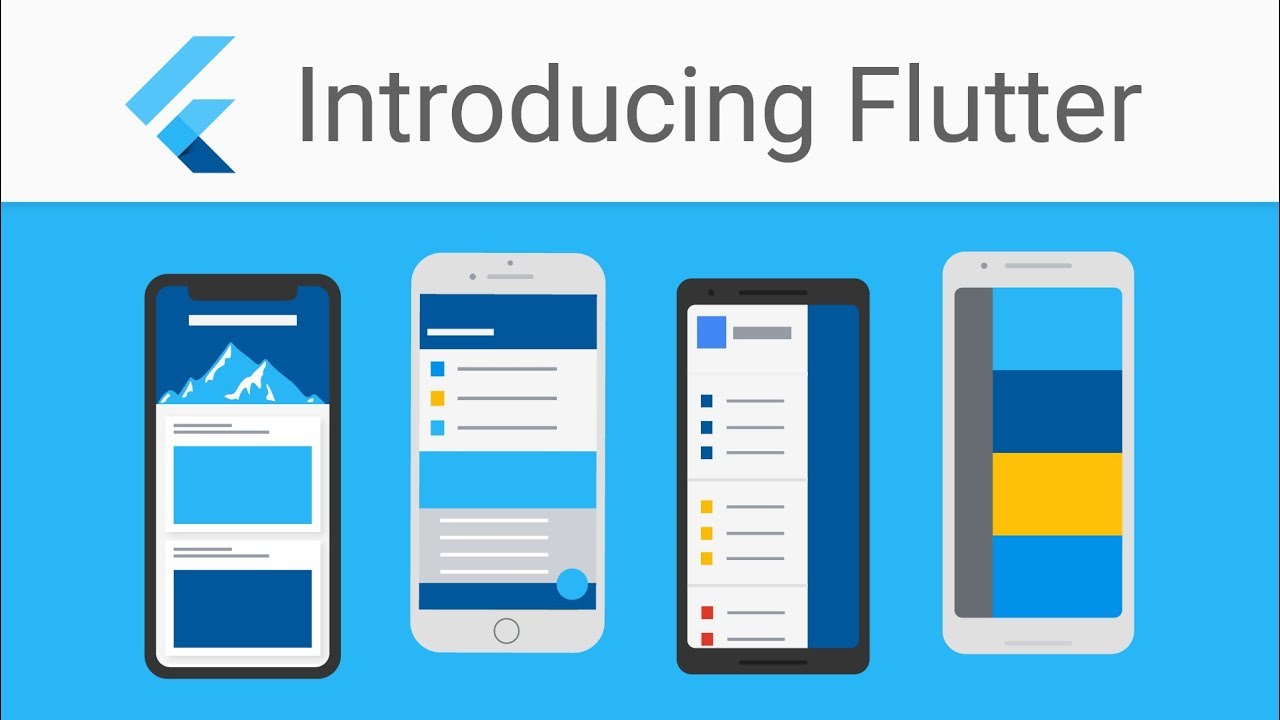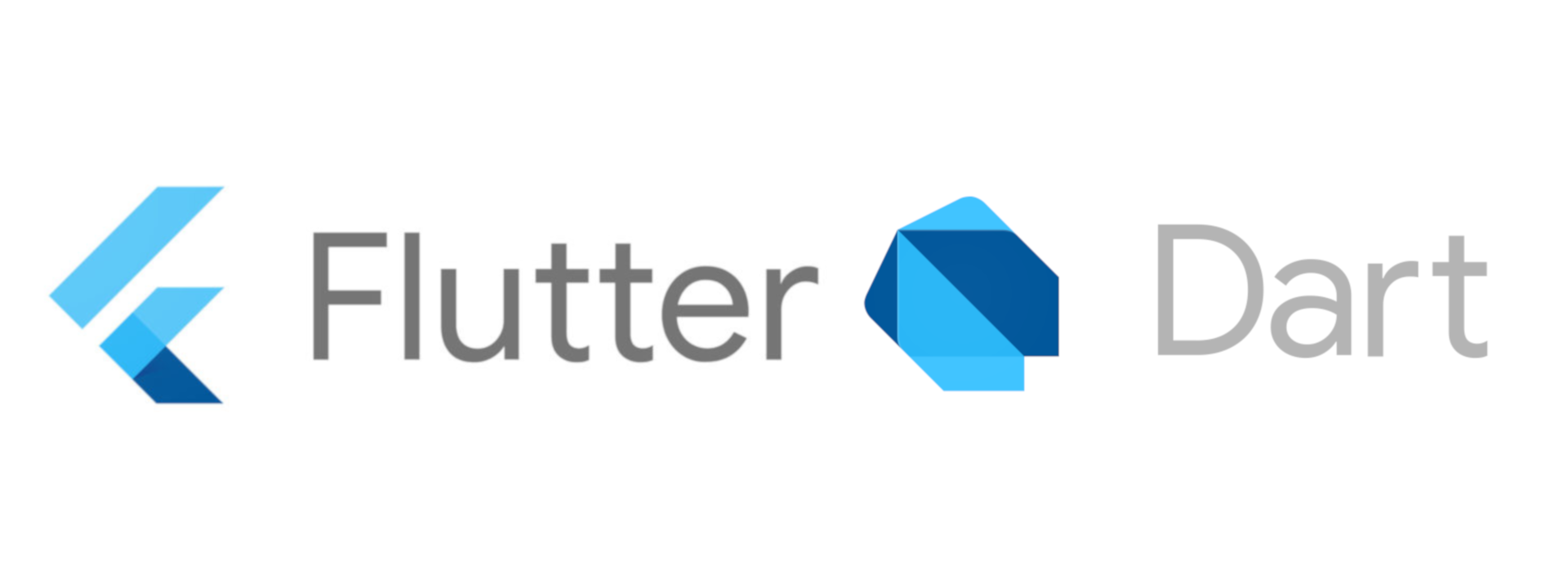
Flutter is very new, but a promising platform, that has attracted the attention of large companies who’ve released their apps already. It is interesting because of its simplicity compared to developing web applications, and because of its speed as compared with native applications.
High performance and productivity in Flutter are achieved by using several techniques:
- Unlike many other popular mobile platforms, Flutter doesn’t use JavaScript in any way. Dart is the programming language. It compiles to binary code, and that’s why it runs with the native performance of Objective-C, Swift, Java or Kotlin.
- Flutter doesn’t use native UI components. That may sound awkward at first. However, because components are implemented in Flutter itself, there is no communication layer between the view and your code. Due to this, games hit the best speed for their graphics out of the smartphones. So buttons, text, media elements, background are all drawn by Flutter’s graphics engine. As an aside, it should be mentioned that the bundle of the Flutter “Hello, World” application is quite small: iOS ≈ 2.5Mb and Android ≈ 4Mb.
Flutter uses a declarative approach, inspired by the React web framework, to build its UI based on widgets (named “components” in the world of the web). To get more out of widgets, they are rendered only when necessary, usually when their state has been changed (just like the Virtual DOM does for us).
In addition to all of the above, the framework has integrated Hot-reload, so typical for the web, but still missing on native platforms. This allows the Flutter framework to automatically rebuild the widget tree, allowing you to quickly view the effects of your changes.
There is an excellent article on the practical use of these features from an Android developer who recreated his application from Java to Dart and shared his impressions.
- I wanted to share with you some numbers from his article.
- Java (before): Number of files = 179 and Lines of code 12,176
- Dart (after): Number of files = 31 and Lines of code 1,735.
You can read more about the technical details of the platform or look at examples of applications.
About Dart:
Dart is a programming language that we’ll use to develop our application in Flutter. Learning it isn’t hard if you have experience with Java or JavaScript. You will quickly get it.

Do You Need more information?
For any further information / query regarding Technology, please email us at info@varianceinfotech.in
OR call us on +1 630 534 0223 / +91-7016851729, Alternately you can request for information by filling up Contact Us
 Please wait...
Please wait...
Leave a Reply